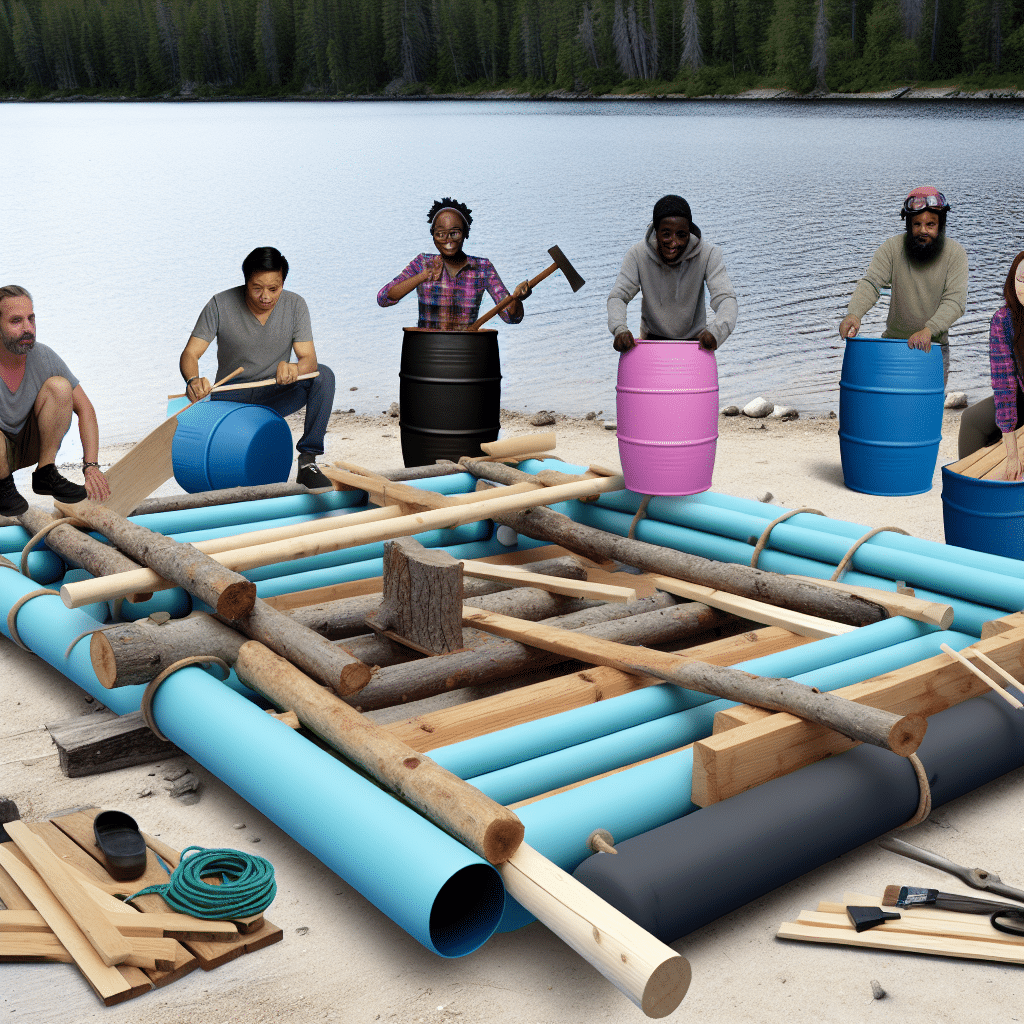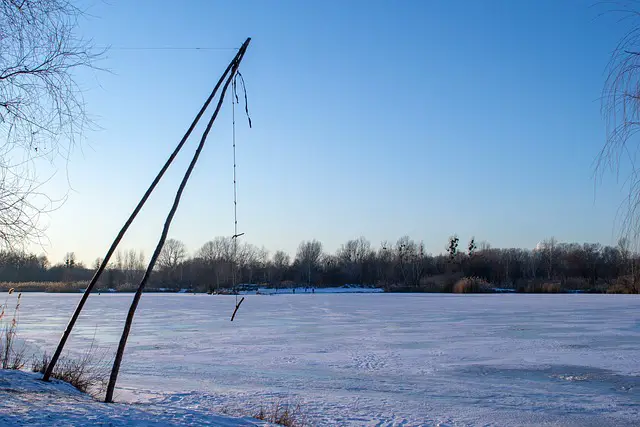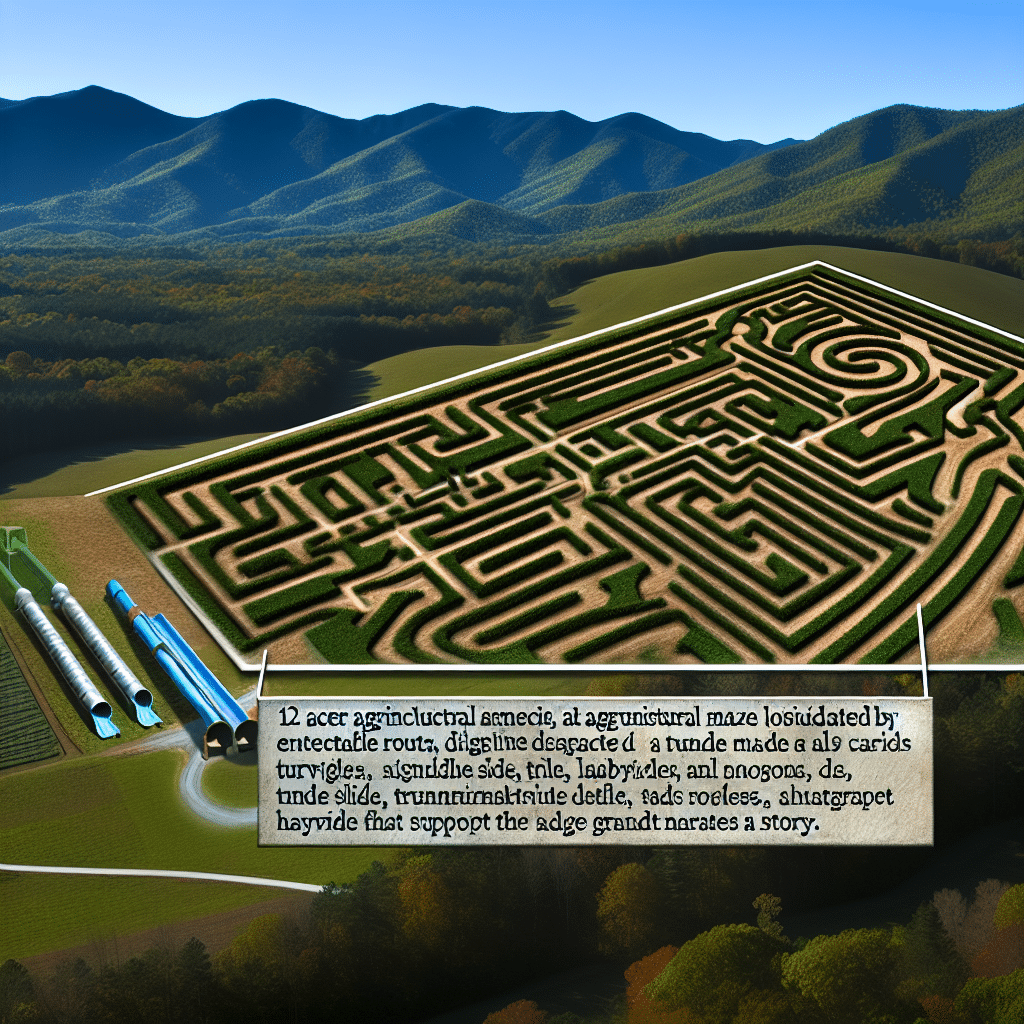The allure of the open water has inspired many to create their own floating devices. Whether for a leisurely afternoon on a serene lake or for a thrilling whitewater adventure, raft building can be a rewarding and educational experience. This article will delve into various raft building designs, providing insights into choosing the right materials, construction techniques, and the overall design process.

What Makes a Great Raft? Understanding Basics of Raft Building Designs
Raft building designs come in various shapes and sizes. The ideal design largely depends on the intended use of the raft. However, all great rafts share common characteristics: stability, buoyancy, and durability. Understanding these elements is the first step in the raft building process.
Stability: The Foundation of a Great Raft
Stability ensures that the raft remains upright and balanced in the water. Wider rafts generally offer more stability than narrower ones. The use of symmetrical designs helps in distributing weight evenly, which is critical for stability. For instance, a catamaran-style raft, which features two parallel hulls, can provide excellent balance and stability.
Buoyancy: Keeping Afloat
Buoyancy is the raft’s ability to stay afloat. This is primarily determined by the materials used and the design of the raft. Sealed barrels, plastic bottles, and foam blocks are popular choices for ensuring buoyancy. These materials trap air and prevent water from entering, keeping the raft buoyant.
Durability: Withstanding the Elements
Durability is essential for ensuring the raft can withstand various conditions without falling apart. The materials chosen should be resistant to water damage and durable enough to handle the stresses of use. Wood, heavy-duty plastic, and treated canvas are common materials that offer excellent durability.
Exploring Popular Raft Building Designs
Several raft building designs have proven effective over the years. Each design has its own set of advantages, catering to different needs and skill levels. Below, we explore some of the most popular designs.
The Log and Rope Design
One of the oldest and simplest raft designs is the log and rope method. This design involves lashing together several logs with strong rope or vine. The logs provide buoyancy, while the rope secures them in place.
**Advantages:**
– Easy to construct with readily available materials.
– Highly buoyant and fairly stable.
**Disadvantages:**
– Can be heavy and cumbersome to maneuver.
– Less durable if not constructed properly.
The Barrel and Plank Design
The barrel and plank design uses sealed barrels for buoyancy, secured together with wooden planks. This design is popular for its adaptability and straightforward construction.
**Advantages:**
– Excellent buoyancy and stability.
– Easy to customize and modify.
**Disadvantages:**
– Requires more materials and tools.
– Barrels need to be properly sealed to prevent sinking.
The PVC Pipe Design
PVC pipes are lightweight and easy to work with, making them a popular choice for raft building. PVC pipes are arranged in a grid pattern and secured together, providing a sturdy and buoyant framework.
**Advantages:**
– Lightweight and easy to handle.
– Highly customizable and modular.
**Disadvantages:**
– Requires precise assembly to ensure stability.
– PVC can be less durable under heavy pressure.
Important Considerations in Raft Building
Building a raft is not just about choosing the right design. Several important considerations should guide your construction process to ensure safety and functionality.
Material Selection
Choosing the right materials is crucial. Consider the environment in which the raft will be used. For instance, whitewater rafting demands more robust and secure materials compared to a gentle lake outing. Ensure all materials are water-resistant and durable enough to withstand the conditions they will face.
Construction Techniques
Using proper construction techniques can make a significant difference. Ensure all joints and connections are secure and tight. If using nails or screws, consider waterproof sealants to prevent rust and degradation. Regularly check all knots if using ropes, ensuring they are tight and secure.
Safety Measures
Safety should always be a top priority. Ensure that the raft is tested in shallow, calm waters before venturing into deeper or more turbulent areas. Always wear life vests and have sufficient safety gear on board. It’s also wise to inform someone about your plans and expected return time.
Conclusion: Crafting Your Adventure
Raft building designs offer a blend of creativity, engineering, and adventure. Whether you’re creating a simple log raft for a family lake outing or a sophisticated PVC structure for a more demanding environment, the principles of stability, buoyancy, and durability will guide you. By understanding and applying these principles, you can craft a raft that not only floats but also enhances your water adventures. So gather your materials, sketch out your design, and set off on the rewarding journey of raft building. Happy rafting!



